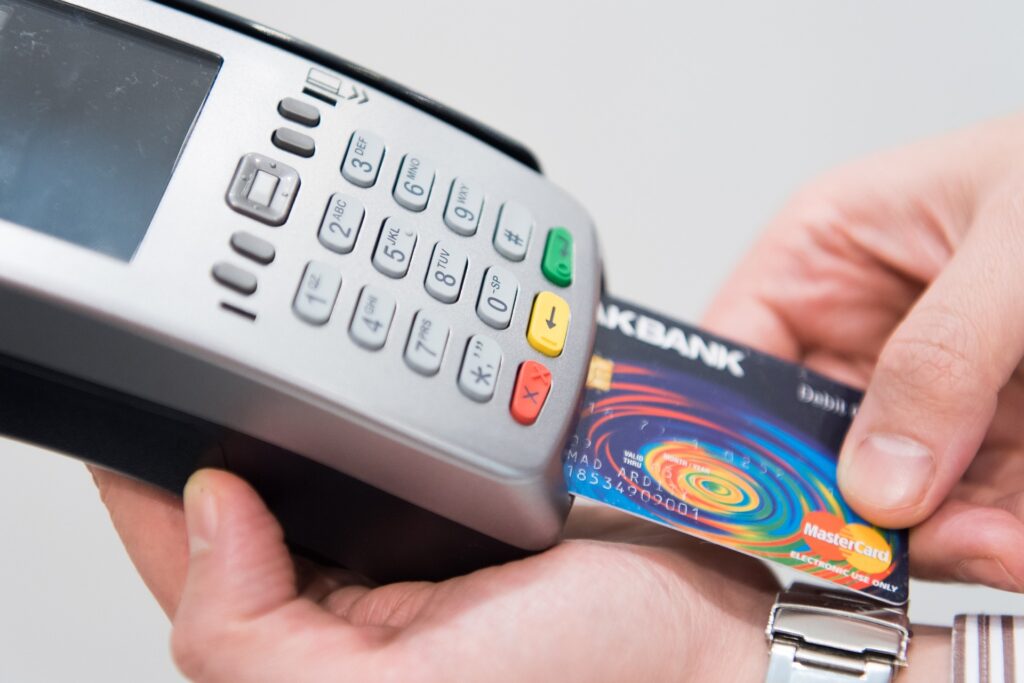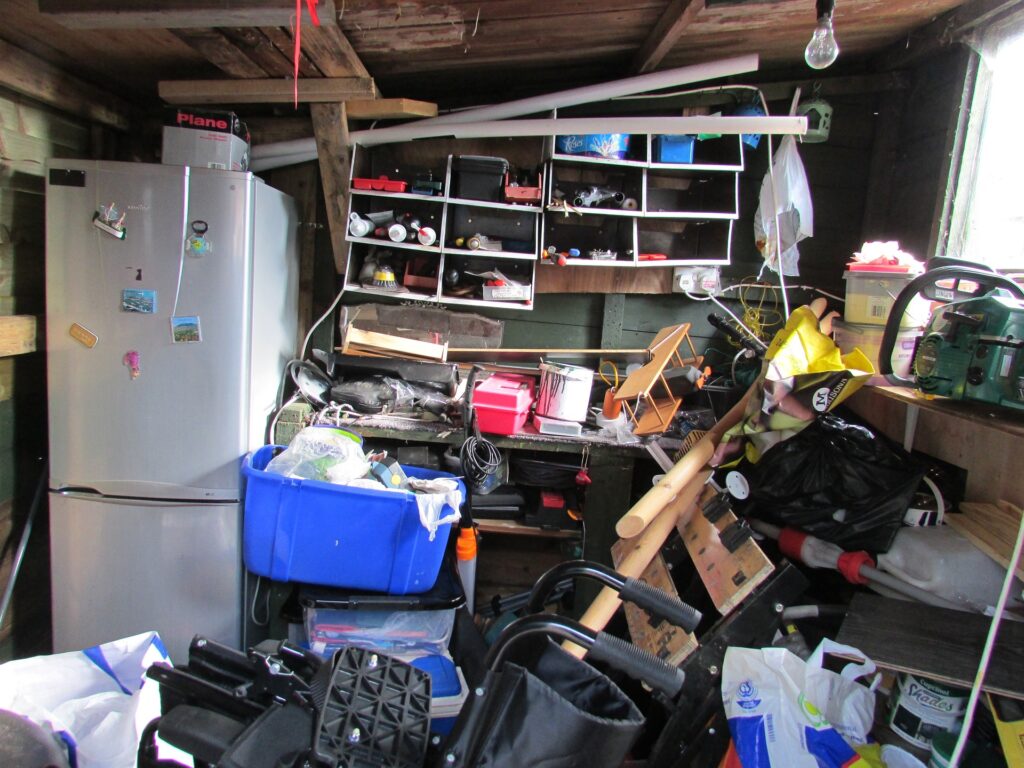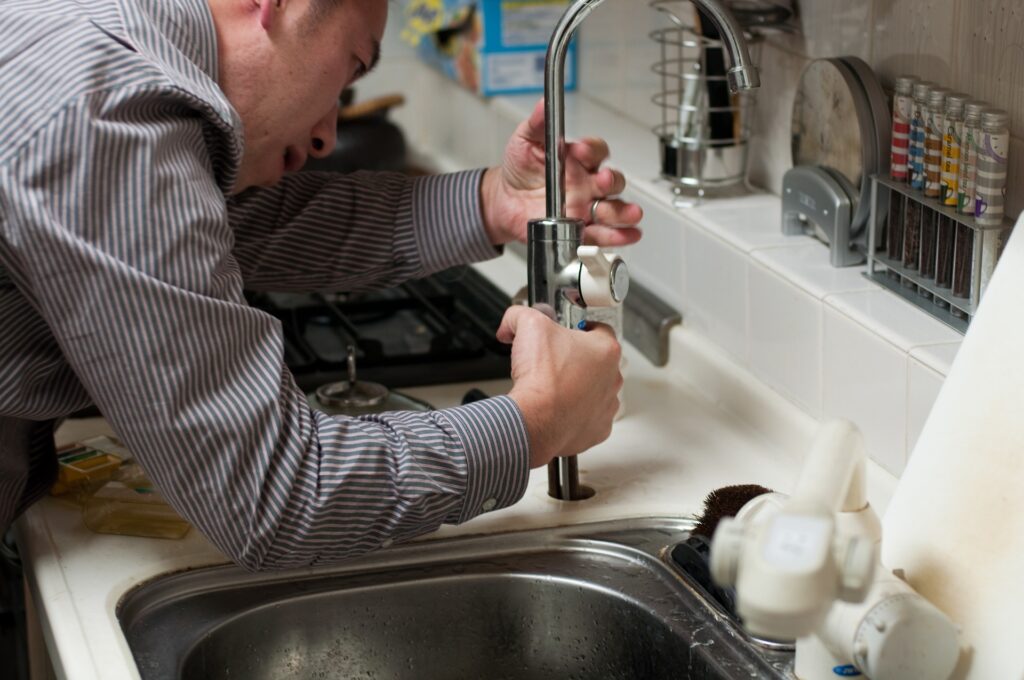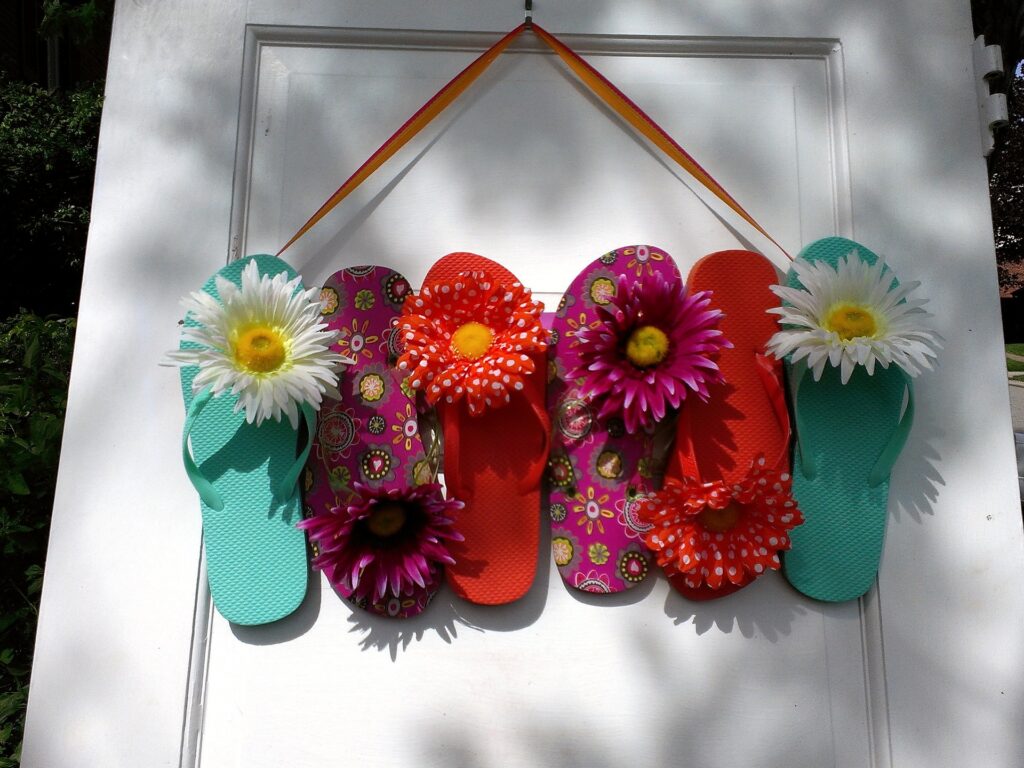Waste not, want not… these are wise words spoken by our elders but what do they really mean? I think it would also be appropriate to explore a variation of this that would be waste less, want less. How can these ideals be put into action in today’s spendy world? Let’s take a few minutes to take a deeper dive into the meaning of this phrase and what you and I can do to take action today.
The reason for wanting to adjust from waste not, want not is because this phrase is particularly useful for when we are in a period of scarcity like in the Great Depression. But we are no longer in a period of scarcity. Even when my family was struggling financially, we still had everything we needed. Canada is a country of great abundance and our struggling earth needs us to shift now from waste not, want not to waste less, want less.
Here are 5 ways that we can put this into action today.
Food waste
Wasting less food is something we should all strive for in our households. According to the National Food Waste Council, in 2022 the average sized Canadian household wasted 140 kgs of food per year, for a total cost of $1,300. I don’t know about you, but I could put that $1,300 to much better use than literally tossing it in the trash.
It takes some planning and preparation to reduce food waste but even small changes can have a big overall impact. Here are a few ideas to get you started.
- Package up any leftovers for lunch the next day.
- Only buy what you know you can (and likely will) eat before it spoils.
- Learn to store food properly.
- Use all the parts wherever possible (vegetable scraps make great stock)
- Cook meals with recipes that you know so that you are using regular ingredients and know how much you’ll need

Interest charges
Buying on credit seems to be the thing to do these days but with high interest rates and high inflation, it’s the very last thing we should be doing. Let me clarify, I use my credit cards to purchase everything but then pay for it in full before the due date so that I don’t incur any interest charges or penalties. The reason I do this is for points and cash back plus credit cards are more secure than debit cards are. That means that I am spending only what I can afford and not carrying a balance.
If we aren’t paying interest each month, then those dollars can be moved over to an interest (or other income) producing asset. If you don’t waste your money on interest charges, then you can deploy that money to make more money for you. That’s one way that we can keep up with inflation.

Thoughtful purchasing
Joshua Becker of Becoming Minimalist says this about our purchasing habits today.
“We buy clothes we don’t need, furniture we don’t need, decorations we don’t need, kitchen tools we don’t need, cars we don’t need, technology we don’t need, even square footage we don’t need.”
https://www.becomingminimalist.com/waste-not/
Consider the social and environmental impacts of the products that you choose when you do actually need to purchase something new. You can choose to purchase a locally handcrafted good from a store in your neighborhood rather than ordering a similar item online that was manufactured overseas and needs to be shipped. It may cost a little less in terms of dollars and cents to purchase the mass produced product but at a great cost of local employment and shipping impacts.

Repairing instead of replacing
I was a child of the ‘80s and when something in our home broke, my dad would fix it. Today, when something breaks, we throw it out and buy a new one. This is incredibly wasteful.
Have you heard the term, “planned obsolescence”? It is where companies (such as cell phone or appliance manufacturers) build products purposefully to stop working after a certain point so that you are forced to purchase a new one. This is great for their business but not good for your pocket book or our environment.
Also, if you can’t fix something yourself, there’s someone else out there who can, so if you need to call in a repairman to do the fix, do it! You’ll be happy that you did.

Repurposing items to give them new life
If you look around your house, you may find examples of how you’ve given an old product new life by giving them a new purpose.
My friend turned old car tires into planters for her potatoes. This is a good example of repurposing something to keep it out of the landfill. If you can’t avoid buying products with excessive packaging, then try to reuse them at least – sauce jars or yogurt containers make great storage containers for freezing leftovers. How about the big plastic zippered bags that bedding comes in? It works great for under-the-bed storage for off-season clothing.
I hope that you were able to take away a few ideas that you can deploy to help reduce waste, reuse what you have, keep some food in your pantry and money in your pocket and… waste less, want less.

